Where the growing season is short (or shorter than you want), there are many tricks that gardeners can employ to make garden-time last a little longer. Highly practical changes can physically alter the conditions of a site, creating what are known as microclimates, and allowing for plants to produce or grow longer. There are also design tricks that make for a garden that retains its beauty through the fall and into the winter.
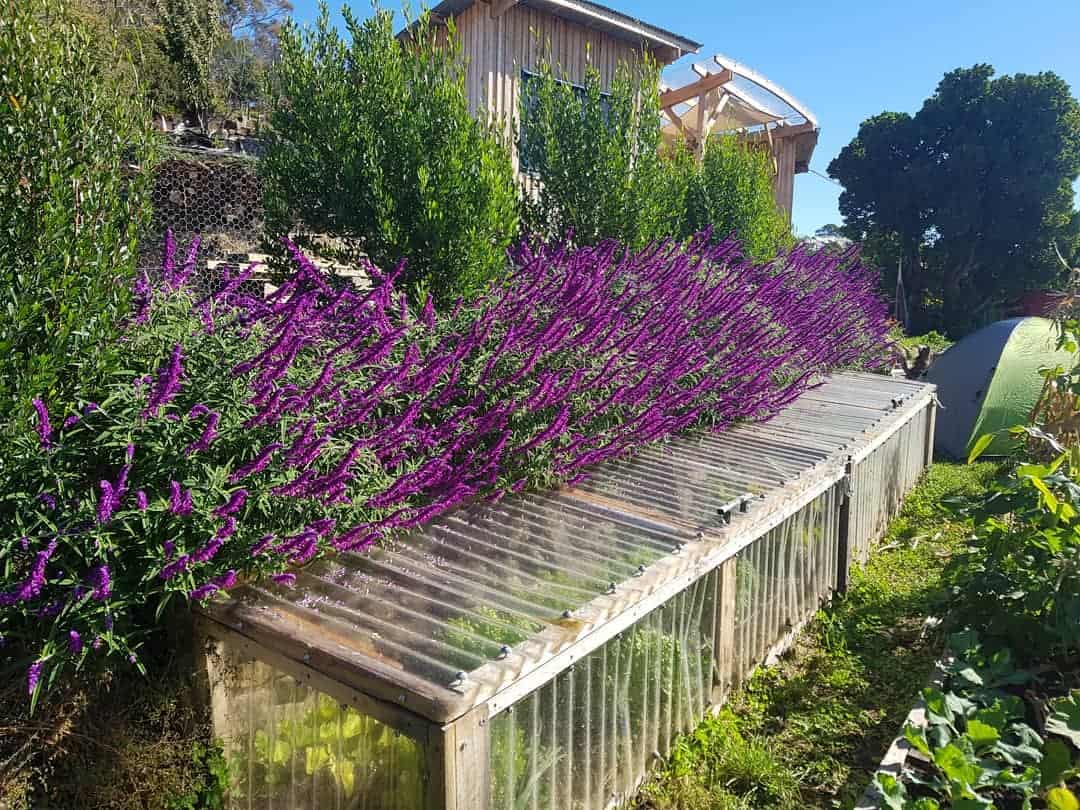
What is garden microclimate?
A microclimate is an area whose growing conditions are different than the surroundings. Warmer or colder, wetter or drier, or maybe less prone to early or late frost, a microclimate that already exists can be enhanced, or new areas can be created with a little planning. Here are some of the things that impact microclimates:
Making Micro Climates and Stretching the Season
To create a warmer microclimate in your garden, there are many things you can do to change the temperature and exposure of an area. You can try planting windbreaks like hedges or trees to block cold winds. Utilize southern-facing walls or structures to absorb and radiate heat. Mulching with organic material can help retain warmth, while using cloches or row covers can protect sensitive plants from frost. Here is a more in-depth list of ideas you might employ to modify your garden’s climate.
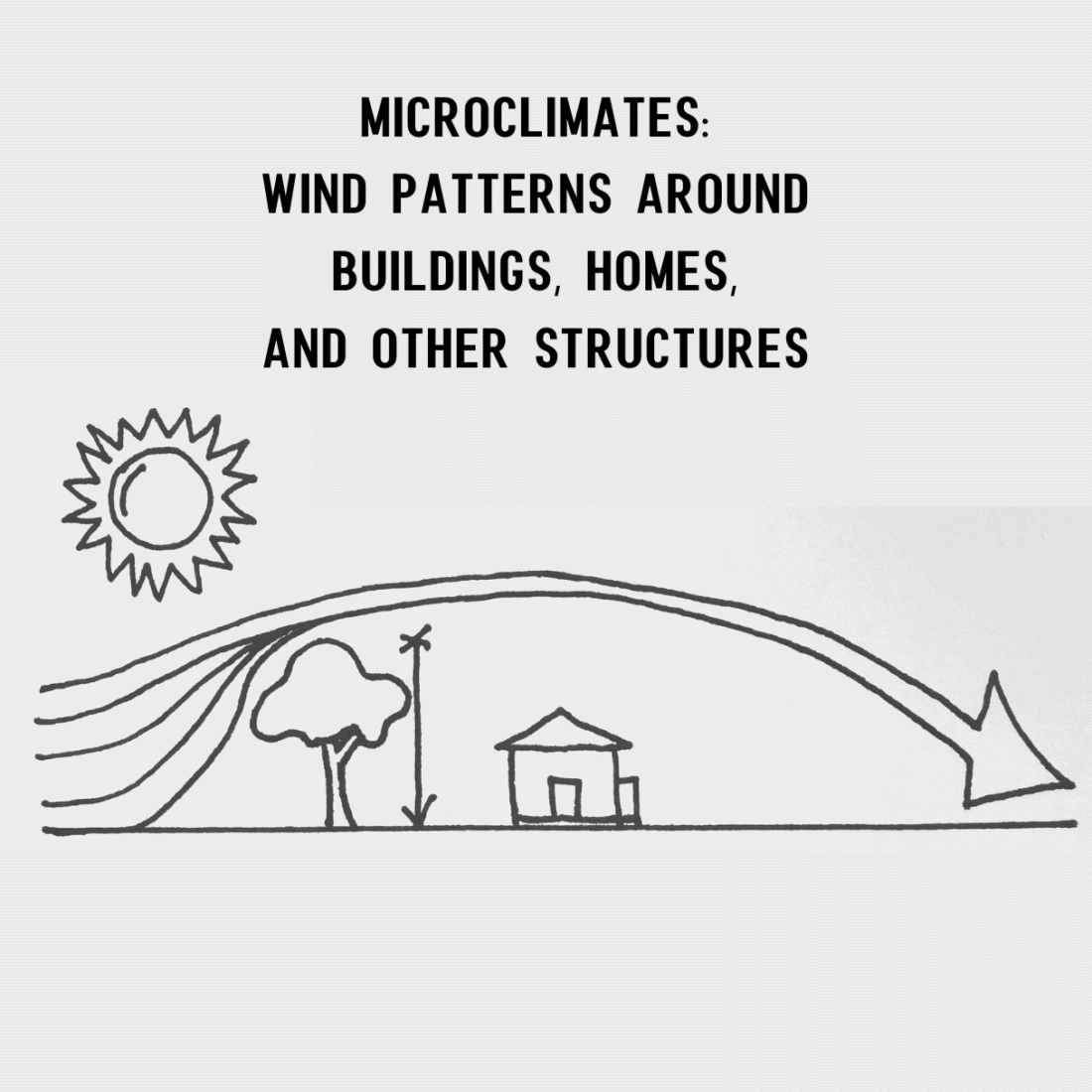
Adjustments Around the House.
Your home will absorb and radiate heat, which will change the way that air moves. Depending on the direction of the prevailing winds you may find that warmer zones exist on the opposite side of the house.
Wind patterns change to flow around your home, and turbulence is created on the edges. It is possible that turbulent higher wind speeds will cause extra damage to tender plants if they are planted on corners of buildings, so protect tender plants by planting them on the protected side of the house away from the edges of the building.
Elevated Decks, Balconies and Roof Gardens
Elevated Decks, Balconies and Roof Gardens will not benefit from the effects of ground warming. Plants in these areas will likely be more prone to damage by cold winds that can freeze roots as well as above ground foliage. Sometimes you may have to consider that this placement is actually a zone or two colder than the rest of the garden. Moving plants into a garage or shed or at least to ground level will help them withstand the cold season.
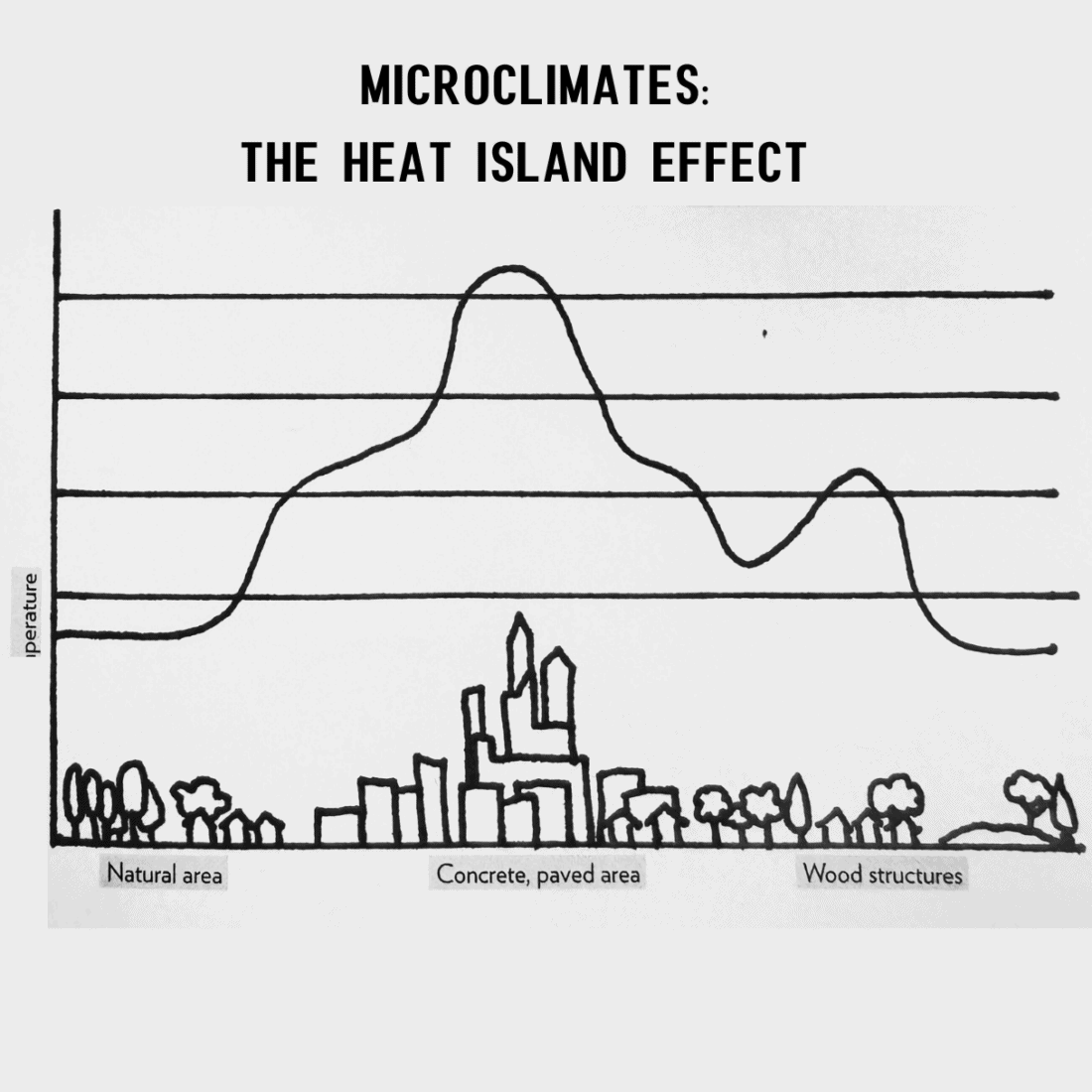
Fences and Walls
Fences and Walls can protect plants from wind by creating a sheltered area but they can also create areas where cold gets trapped making the possibility for damage worse. To determine what is happening, pay attention to how the frost melts in the these areas…if is the last to thaw, this could mean that it is trapping cold air.
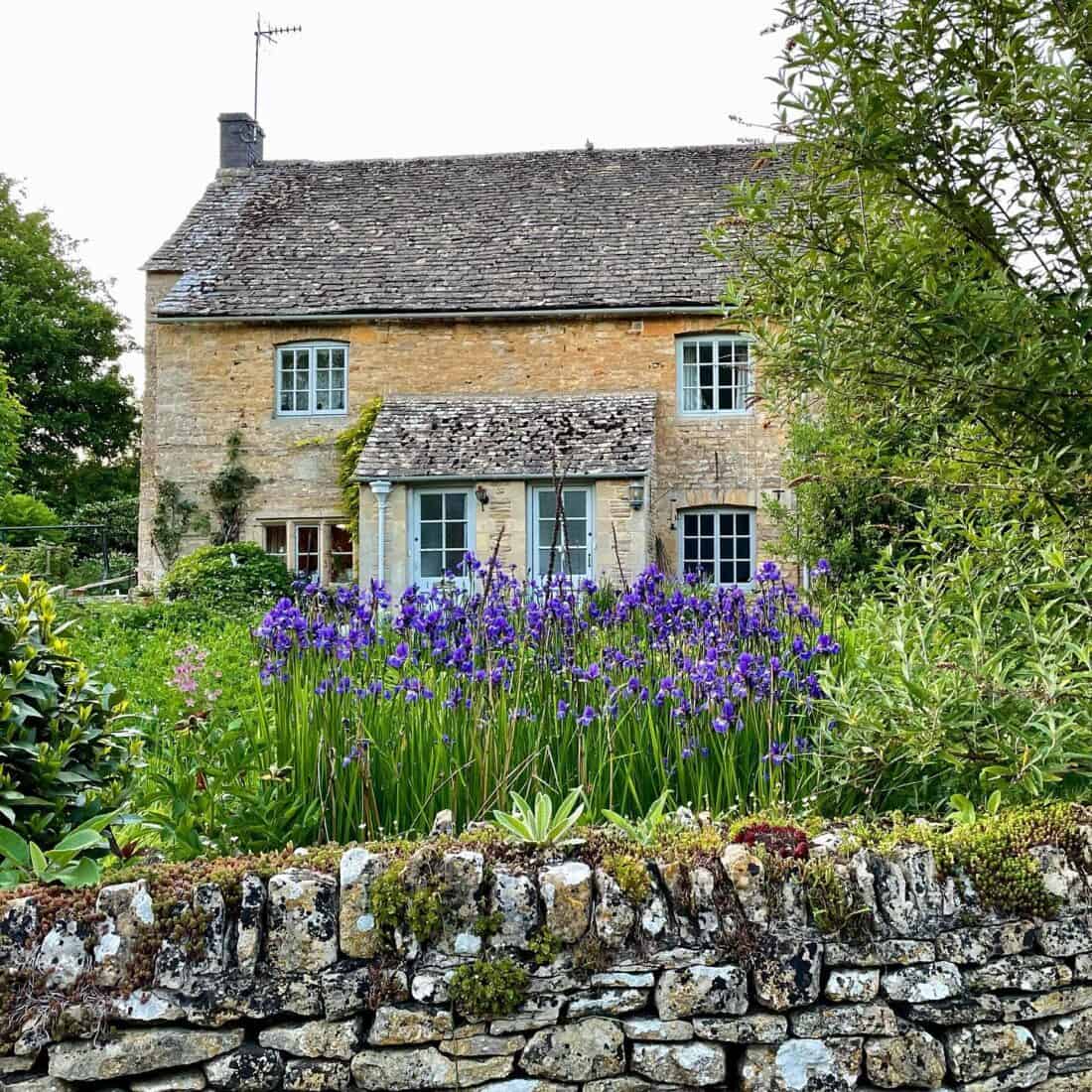
Rocks and Ponds and Paved surfaces
Rocks and Ponds and Paved surfaces gather heat and radiate it slowly at night; this reflected heat can make for a milder adjacent climate. Paved surfaces can also alter water flow if they are impermeable and may create spots that are wetter than elsewhere.
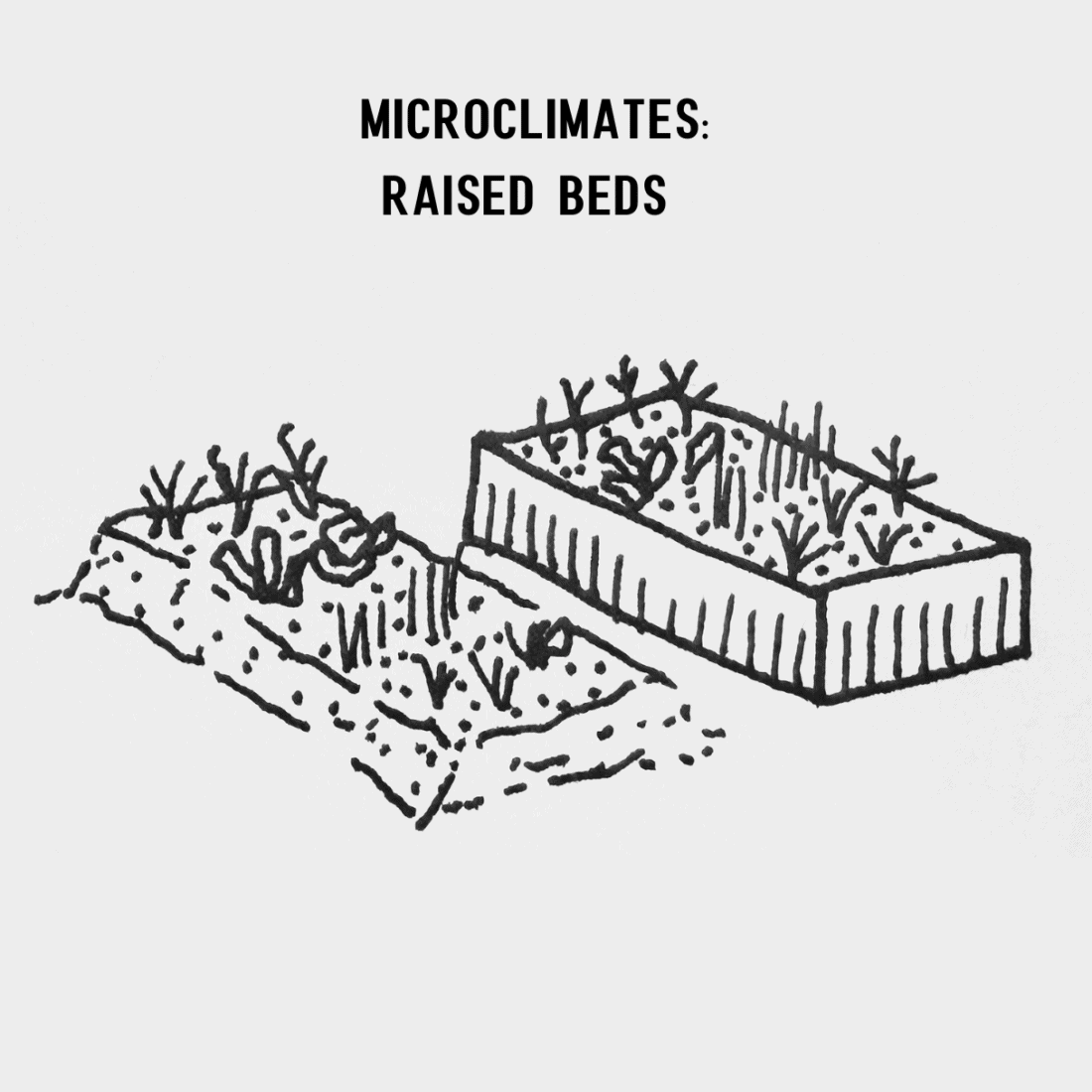
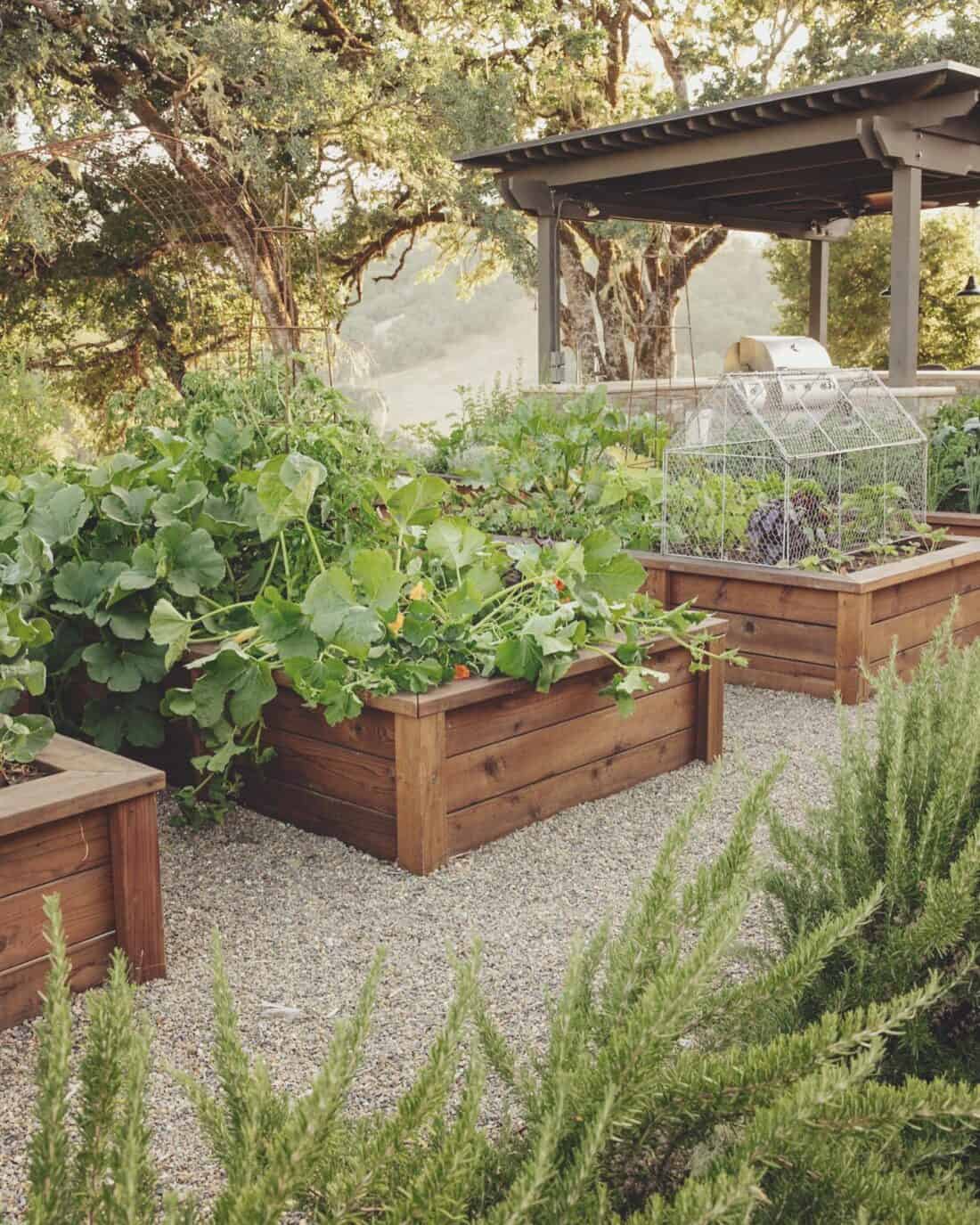
Raised beds
Raised beds (particularly those facing south or towards the equator) can help soil thaw and drain earlier in the spring, allowing for a head start on a garden.
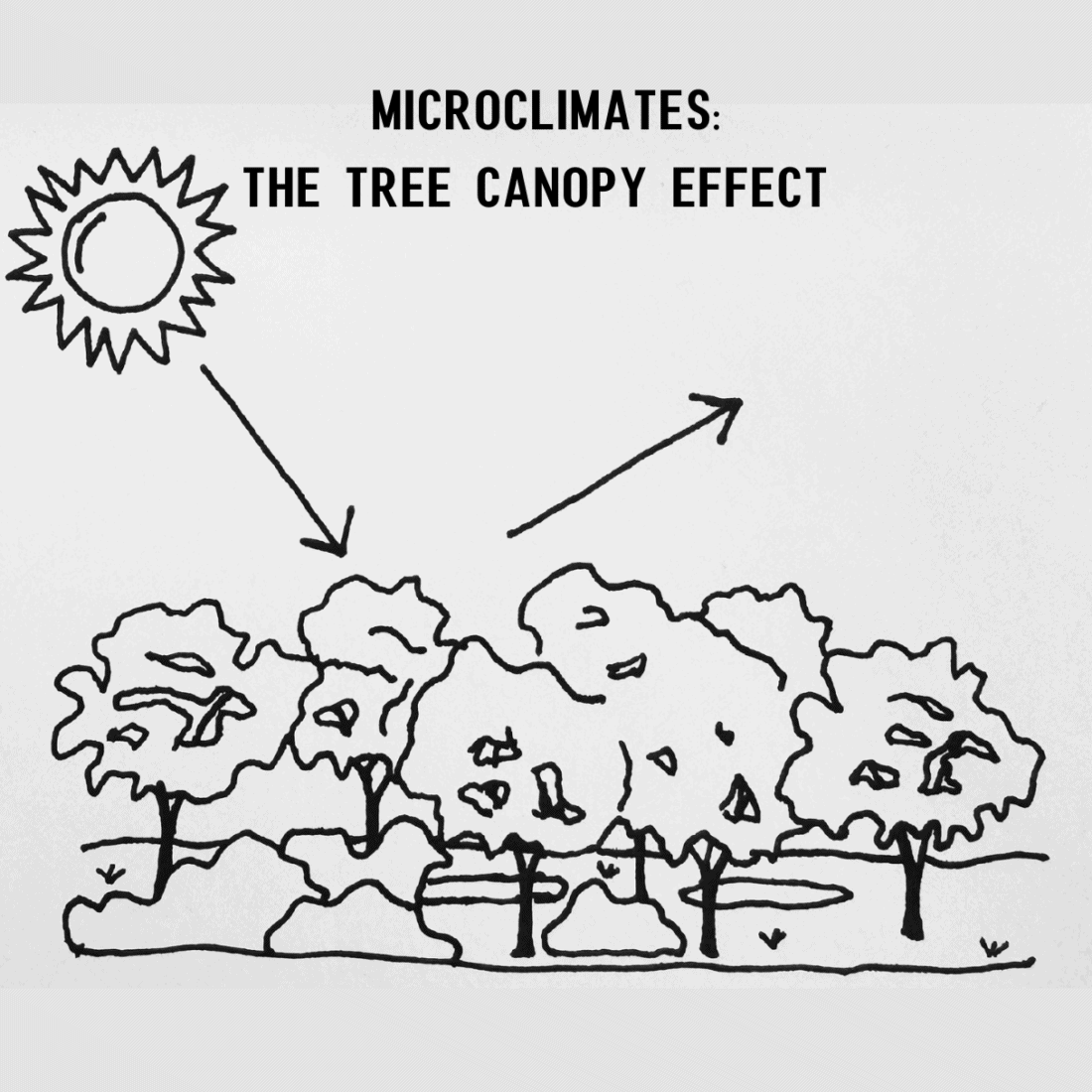
Trees and needy plants
Trees and needy plants can not only block rain from reaching plants underneath, but they can also be competitive, causing less aggressive plants not to be able to get all the resources that they need.
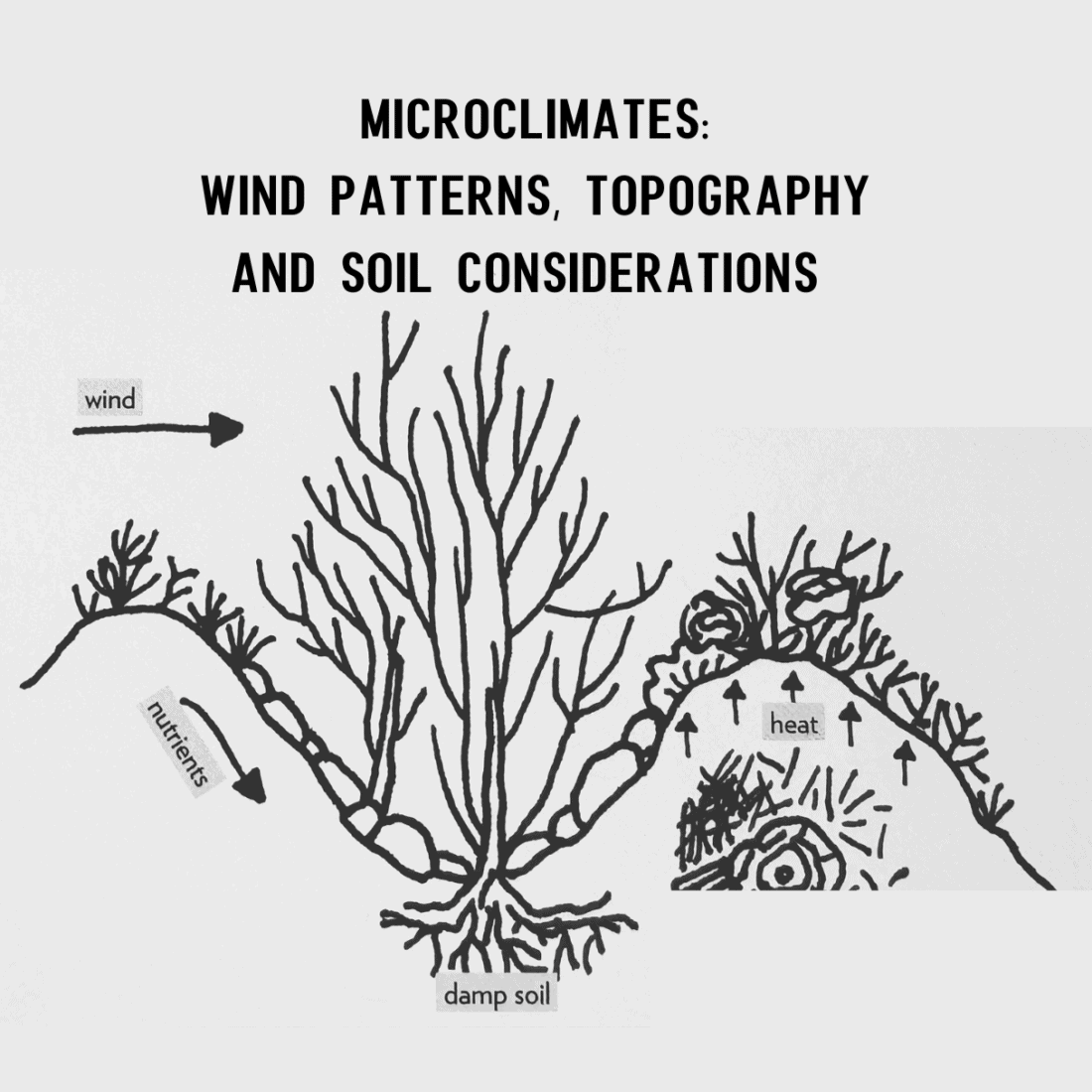
Soils
Certain soils can alter the effects of ground frost. The air pockets in lighter soils will be more insulative to lower soils but more prone to ground-level frost, whereas heavy clay soils will act like paved surfaces and help to moderate surrounding temperatures.
Topographic Effects
Topographic Effects like deep valleys, hilltop locations, large bodies of water and even groups of buildings (like in urban areas) will all have larger and less controllable effects on the microclimate and may create extended areas (like whole valleys’ or hillsides) that behave outside the expected hardiness zone.
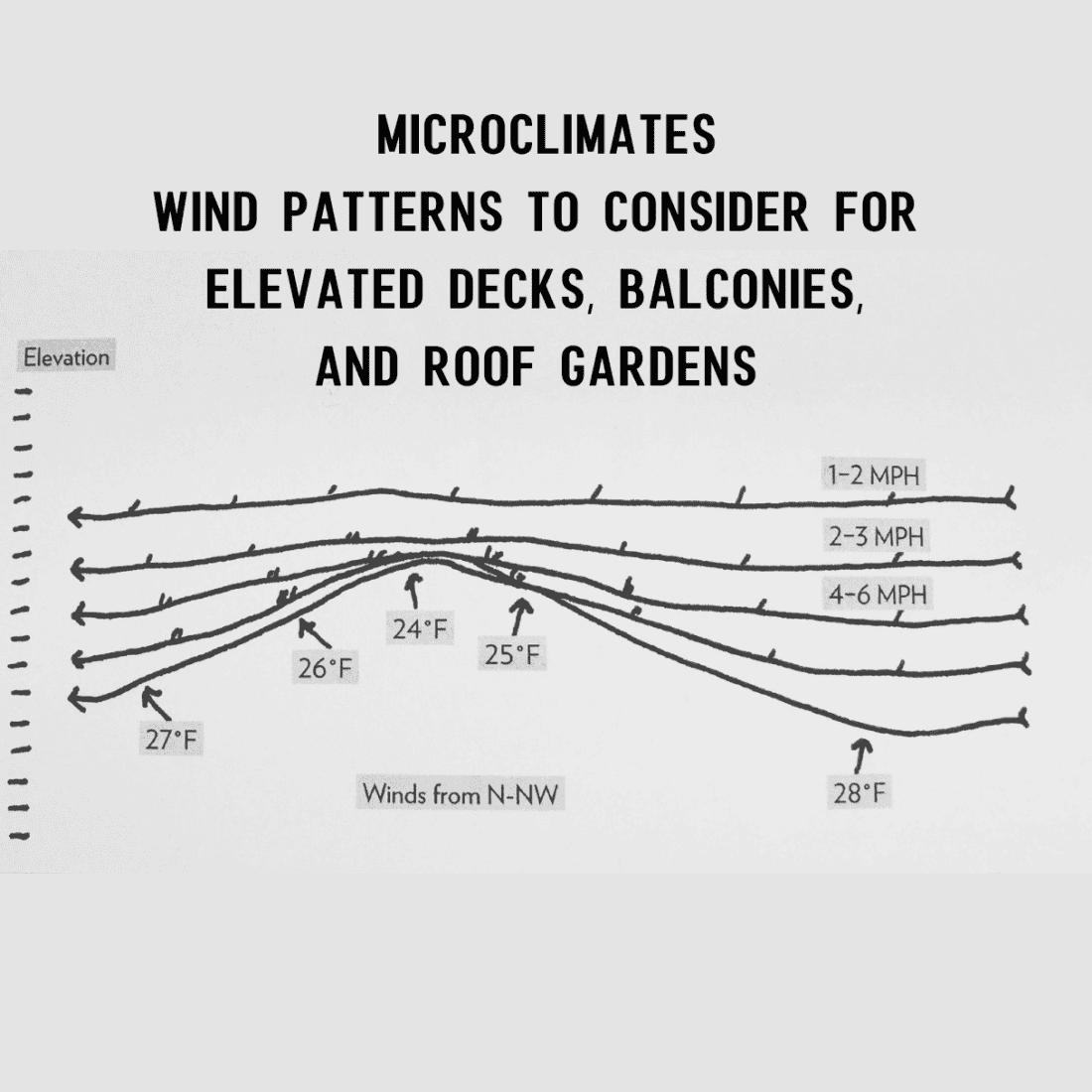
Extending the Garden Season
Use protection
Cold frames, plastic covers, individual plant cloches, and hoophouses will all warm garden temperatures allowing plants to grow earlier or later in the season.
Mulch and insulate.
A nice insulating layer will protect roots and help retain ground heat. Adding layers of leaves, hay, or other mulch late in the season will help plants grow later into the fall and may also help them better survive the winter.
Choose Long-Lasting Plants.
Enduring garden all-stars have beautiful flowers or features in the summer and interesting characteristics in the fall and winter. Look for plants that have a nice overall shape, notable seed heads or a distinct appearance in snow and frost. Evergreens often fall into this category.
+comments+